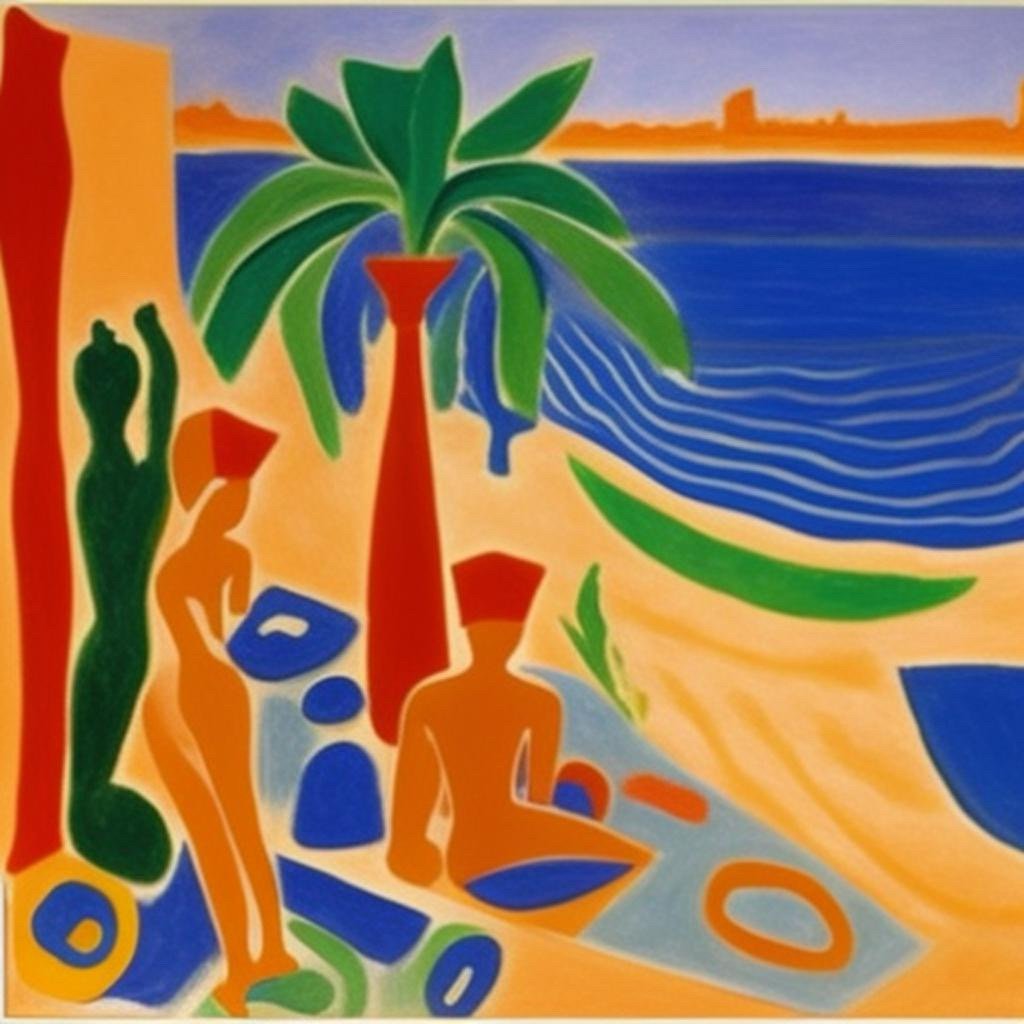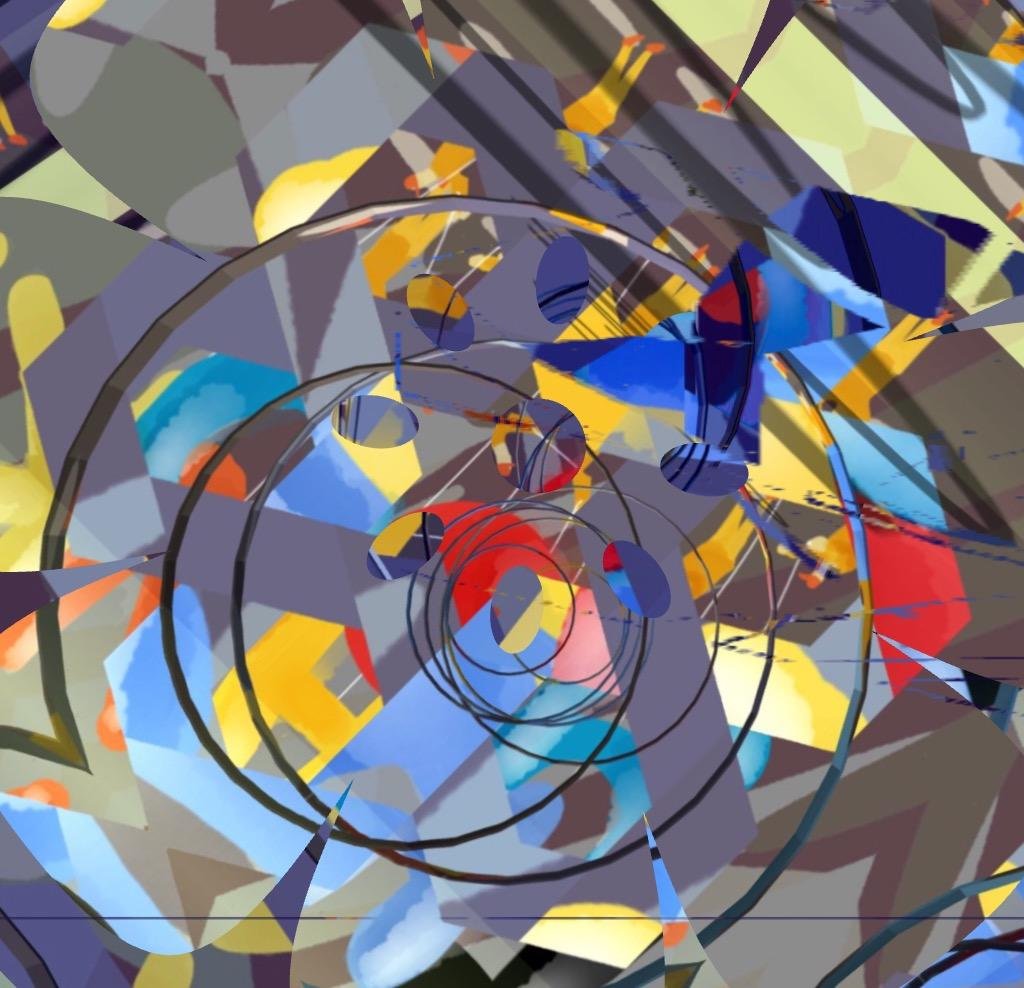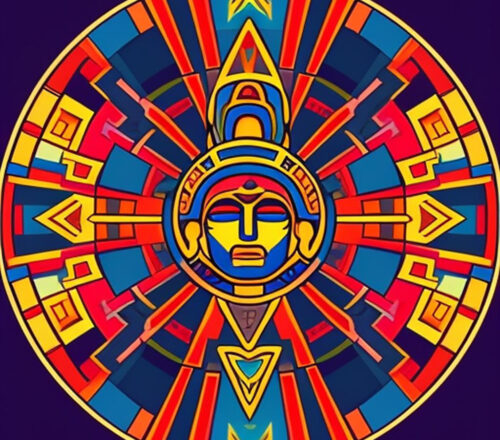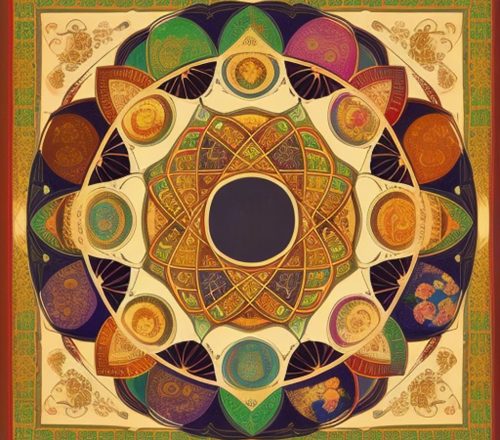
Table of Contents
Perspectives on the First Known Civilization after the Deluge
The ancient land of Sumer, known biblically as “Shine’ar,” emerges as a beacon of human history, rising from the shadows of a mythical Deluge that has captivated cultures worldwide. This article embarks on a multidimensional exploration of Sumer, examining its historical significance, archaeological revelations, biblical connections, cultural impact, and its place in the realm of human mythology. Join us as we journey through the sands of time to unravel the secrets of Sumer.
Historical Insights:
In this section, we delve into the historical significance of Sumer’s emergence around 6000 years ago. The article explores how Sumer served as a pioneering civilization during the transition from prehistory to recorded history. It assesses the society’s pivotal contributions to governance, agriculture, and writing, setting the stage for the rise of subsequent civilizations.
Archaeological Revelations:
From an archaeological perspective, we investigate the tantalizing link between Sumer and the Deluge. While the Deluge is often regarded as mythological, recent archaeological findings have sparked interest in potential historical connections. The article takes a closer look at flood deposits and settlements in Mesopotamia, inviting readers to ponder the intersection of myth and reality.
Biblical Significance:
The passage’s reference to Sumer as “Shine’ar” opens a gateway to the biblical narrative. We explore how Sumer’s appearance in biblical texts, shortly after the Deluge, resonates with stories of Noah’s flood. This section prompts contemplation of the historical and cultural context in which these narratives unfolded.
Cultural Legacy:
From a cultural perspective, we celebrate Sumer’s enduring legacy. It was not merely a historical civilization but a cultural powerhouse. The article highlights Sumer’s literary achievements, including the epic of Gilgamesh, and its pioneering development of cuneiform writing. It showcases Sumer’s profound influence on art, literature, and language.
Mythological Universality:
The passage’s reference to the Deluge is an invitation to explore the universal theme of floods in human mythology. Cultures worldwide share similar flood myths, raising questions about the collective human experience of catastrophe, survival, and rebirth. We consider the deep-rooted nature of these narratives in our shared consciousness.
Conclusion:
As we conclude our journey through time and perspectives, we unveil the multifaceted nature of Sumer, transcending its historical boundaries. “Sumer: Beyond the Sands of Time” invites readers to appreciate the interplay of history, archaeology, religion, culture, and mythology in understanding this ancient civilization. It underscores the importance of revisiting the past to illuminate the complexities of our shared human heritage.
Shop Tip
Cradle of civilization on Amazon
Thank you for reading, shares and comments!
✨ Comment Policy ✨
We welcome thoughtful, kind, and constructive comments that contribute to meaningful conversations.
Please note:
- Promotional links and unsolicited offers will be removed.
- Spam, irrelevant content, or self-promotion without prior permission will not be published.
- We value quality engagement over quantity — thank you for helping us keep this a respectful and inspiring space!
Sources openai Language models, aitrot, picsart and mib
Take time to learn
Invest in your future
Embark on a journey into the realm of affiliate marketing and craft your own website within a vibrant, supportive community. Join me in this adventure, where you can begin as a free starter and stay as long as you desire. Enjoy complimentary hosting and foundational teachings to set you on your path. For those with advanced skills, opportunities to elevate your expertise await. Take a moment to explore and witness the magic for yourself!




